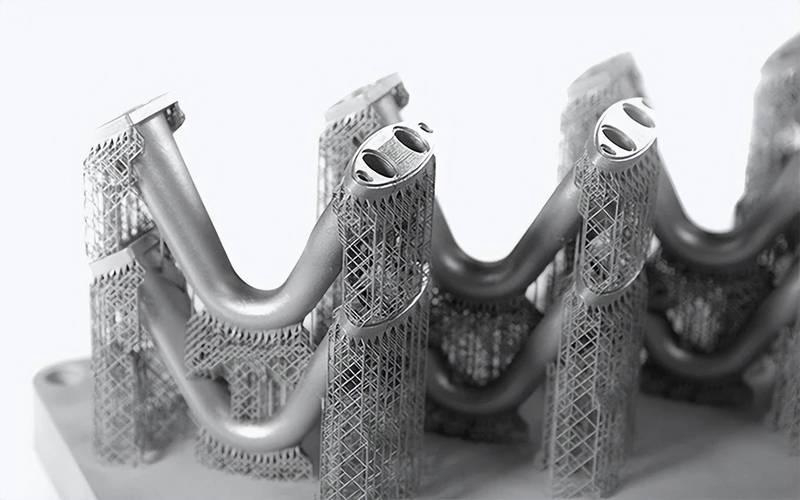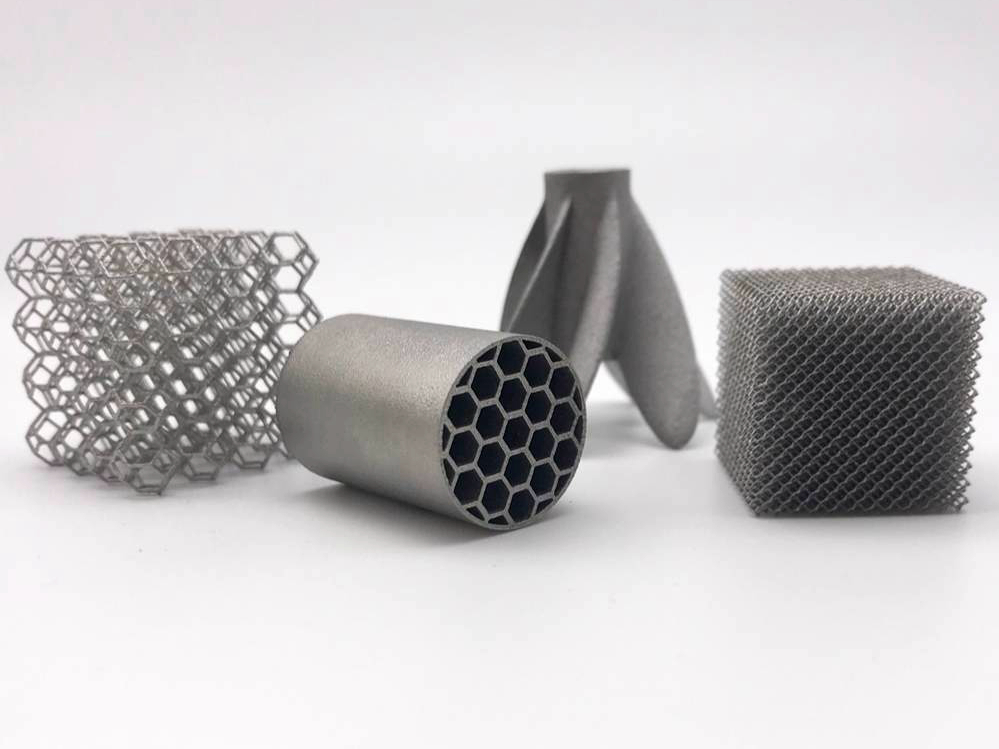What industries benefit the most from heat-treated 3D printed parts?
What Industries Benefit the Most from Heat-Treated 3D Printed Parts?
Aerospace and Aviation
The aerospace sector requires components that maintain mechanical integrity under extreme thermal and mechanical loads. Heat treatment enhances fatigue strength, creep resistance, and dimensional stability in parts made from alloys like Inconel 718, Ti-6Al-4V, and Haynes 230. Common applications include:
Turbine blades and shrouds
Fuel injectors and nozzles
Structural brackets and mounts
Post-processing such as stress relief and hot isostatic pressing (HIP) improves dimensional precision and fatigue life under cyclic flight conditions.
Medical and Healthcare
Medical implants and surgical instruments require excellent biocompatibility, fatigue resistance, and structural reliability. Alloys like Ti-6Al-4V ELI (Grade 23) and SUS316L are heat-treated through annealing and HIP to:
Enhance ductility and fatigue strength
Improve dimensional accuracy for implant fit
Meet ISO 5832 and ASTM F3001 standards
Applications include orthopedic implants, spinal cages, and reusable surgical tools.
Tooling and Mold Manufacturing
In mold and die applications, 3D printed inserts made from Tool Steel H13, D2, and 1.2709 are heat-treated to:
Increase hardness and wear resistance through aging and tempering
Improve surface finish stability
Minimize distortion during injection and die casting cycles
These treatments enable high-performance tooling with complex cooling channels and rapid turnaround.
Energy and Power Generation
In power systems, components exposed to pressure, temperature, and corrosion benefit from thermal post-processing. Heat-treated parts made from Hastelloy X, Inconel 625, and Ti-6Al-2Sn-4Zr-2Mo are used in:
Gas turbine components
Heat exchanger modules
Pressure vessels and flow-control hardware
Solution treatment and HIP ensure high density, dimensional accuracy, and thermal fatigue reliability.
Automotive and Motorsports
Lightweight, high-performance parts made from AlSi10Mg and Ti-6Al-4V benefit from heat treatment to:
Improve fatigue resistance in suspension and drivetrain parts
Increase hardness for wear-critical components
Reduce residual stress in complex geometries
Summary Table: Industry and Benefits
Industry | Key Materials | Heat Treatment Benefits |
|---|---|---|
Aerospace | Inconel 718, Haynes 230, Ti-6Al-4V | Fatigue, creep, dimensional stability |
Medical | Ti-6Al-4V ELI, SUS316L | Biocompatibility, ductility, surface integrity |
Tooling/Mold | H13, D2, 1.2709 | Hardness, wear resistance, shape retention |
Energy/Power | Hastelloy X, Inconel 625 | Pressure strength, thermal fatigue resistance |
Automotive | AlSi10Mg, Ti-6Al-4V | Lightweight durability, fatigue improvement |
Recommended Services for Industry Performance
Neway 3DP provides comprehensive post-processing for high-performance sectors:
Heat Treatment Stress relief, aging, annealing, and hardening for application-specific requirements
Hot Isostatic Pressing Improves density, toughness, and fatigue life for mission-critical parts
CNC Machining Final tolerancing and surface optimization after thermal processing



